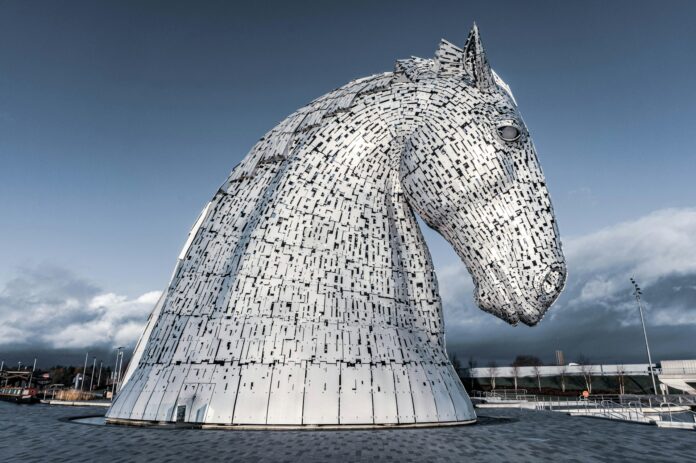Stand in a Florentine piazza at dusk, and you might notice something subtle yet profound: the cadence of conversation, the particular way a vendor wraps a package, the almost imperceptible nod between longtime residents passing in the street. These aren’t simply ‘Italian’ moments but distinctly Tuscan ones – cultural expressions that would be recognised as regionally distinctive even in Venice or Rome.
Indeed, Tuscany exists as its own cultural universe within Italy’s rich tapestry of regional identities. Its distinctive character was forged through centuries as a political, artistic and linguistic powerhouse – a place that didn’t just participate in Italian culture but fundamentally shaped it, while jealously guarding its own particular ways of being.
The cypress-lined hills and Renaissance masterpieces that dominate postcards tell only a fraction of the story. The true Tuscany reveals itself in the untranslatable phrases uttered in market squares, the particular rhythm of village festivals that follow ancient agricultural patterns, and the social codes governing everything from bread-making to neighbourhood allegiances.
This isn’t about reinforcing simplistic divisions but illuminating how remarkably diverse Italian regional cultures remain even in our globalised era.
The Contrada System: Siena’s Distinctive Social Structure
In Siena, the city remains organised into 17 contrade (neighbourhoods) that function as fundamental social units. Each has its own museum, fountain, church, colours, animal symbol, and celebrations. These divisions shape daily life in ways immediately recognisable to Italians but often invisible to visitors.
The contrade originated in the Middle Ages as military companies, evolving into the civic organisations they are today. Each maintains its own cultural heritage preservation committee, youth group, and social calendar. Membership is typically determined by birth location rather than current residence, creating complex social geographies.
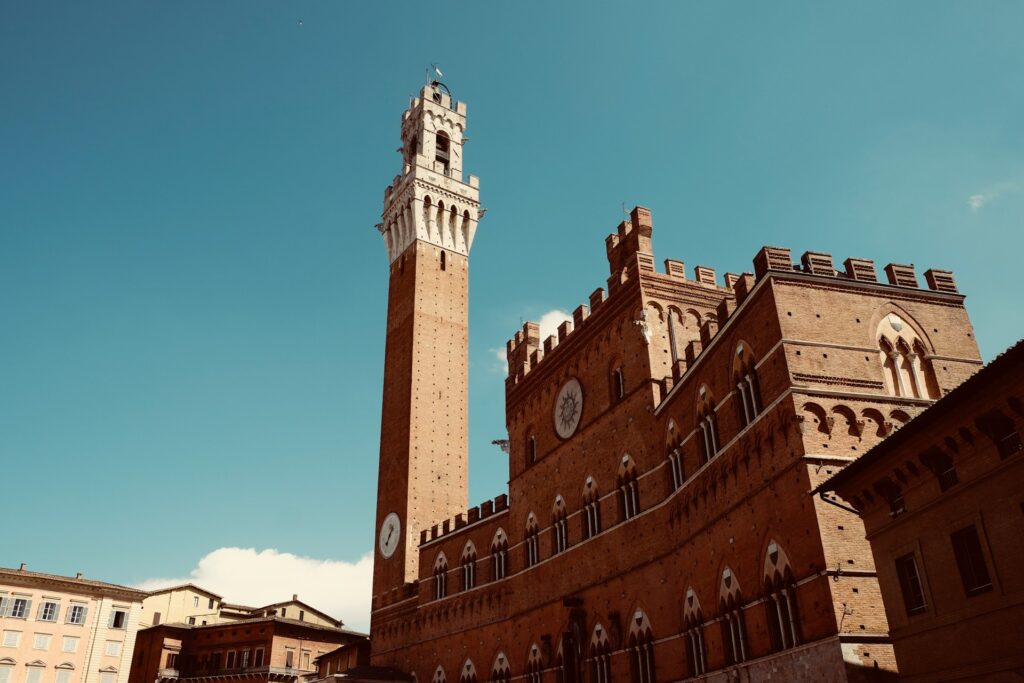
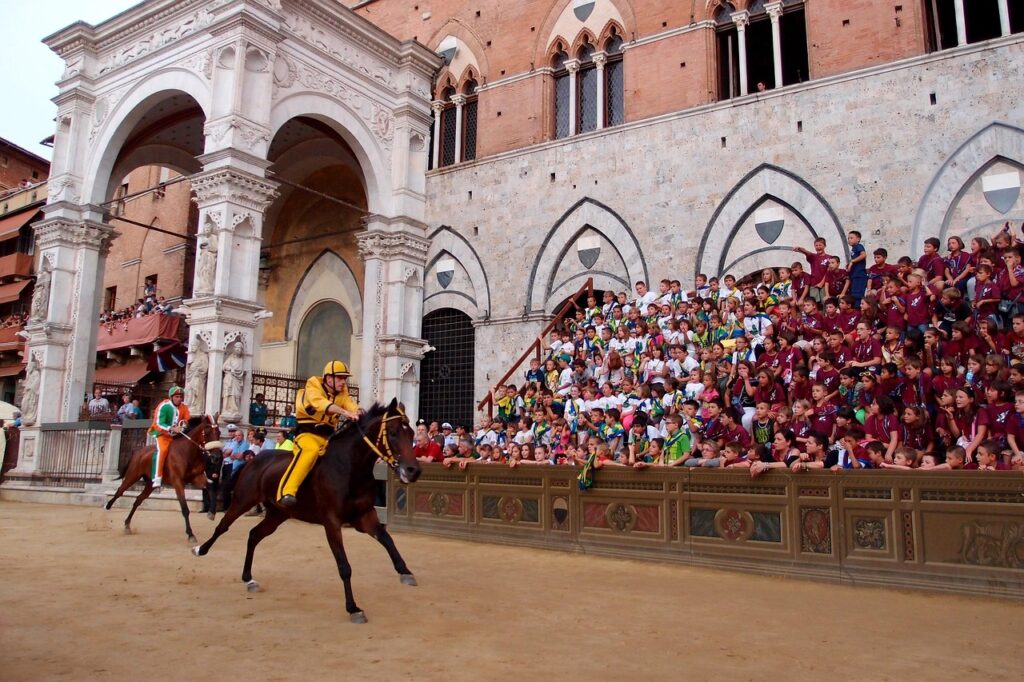
During the Palio horse race, these neighbourhood identities reach their most visible expression, but contrada culture operates year-round. Many Sienese identify with their contrada as a primary social allegiance, with complex diplomatic relationships existing between allied and rival districts. The twice-yearly baptismal ceremony at each contrada’s fountain for neighbourhood children represents a social commitment that complements religious practice.
This neighbourhood system differs significantly from other Italian cities’ administrative divisions, existing as cultural entities rather than merely governmental units. The degree of voluntary participation and emotional investment in these neighbourhood identities represents something distinct within Italian urban culture.
Florentine Communication: Directness As Cultural Value
Florence maintains a communication style characterised by concision and directness. Where Venetians might employ diplomatic circumlocution and Romans a certain expressiveness, Florentines typically value clarity over courtesy in a way immediately recognisable to Italians from other regions.
This communication approach manifests in everyday interactions. At Florentine markets, vendors often use abbreviated speech patterns and expect quick, decisive selections from customers. The abbreviated greeting Dica (literally ‘Speak’) used by Florentine shopkeepers represents this efficiency-focused approach, contrasting with more elaborate welcoming rituals in other regions.
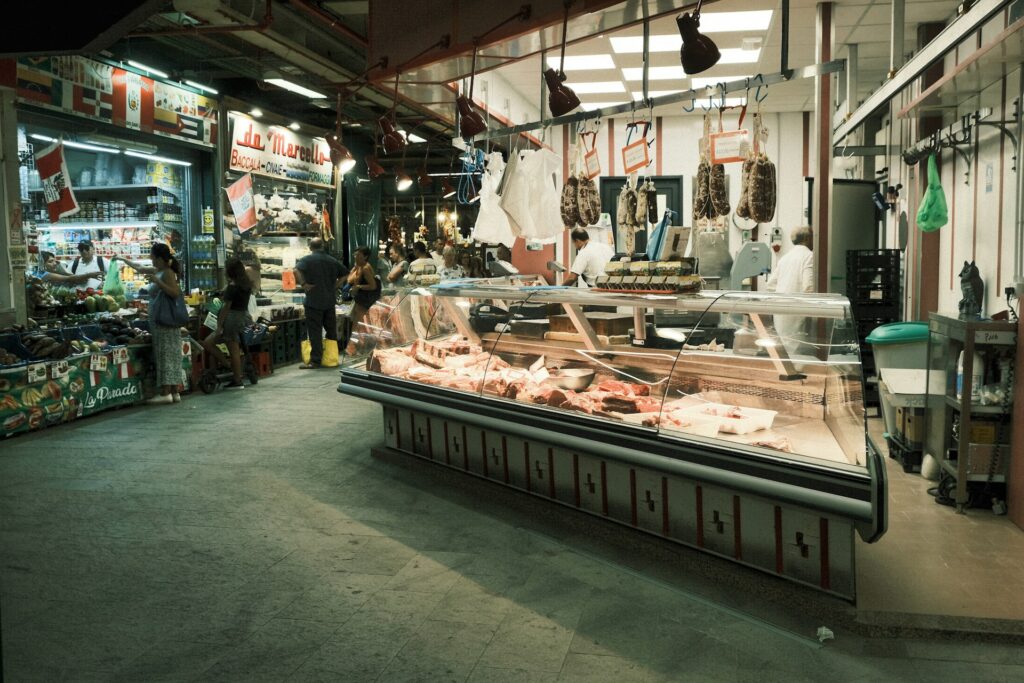
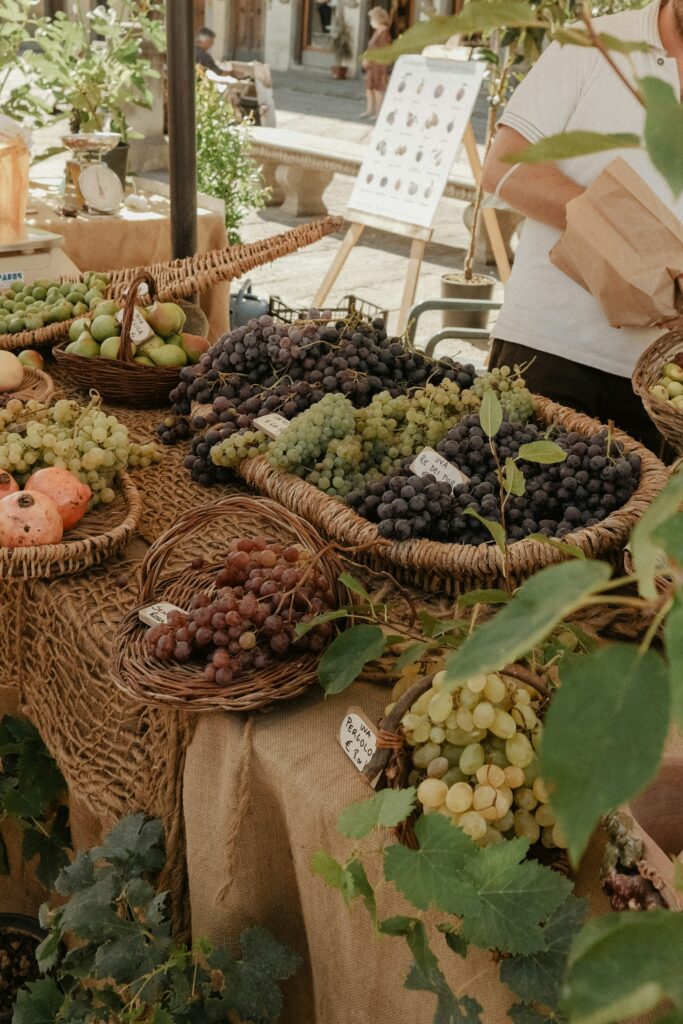
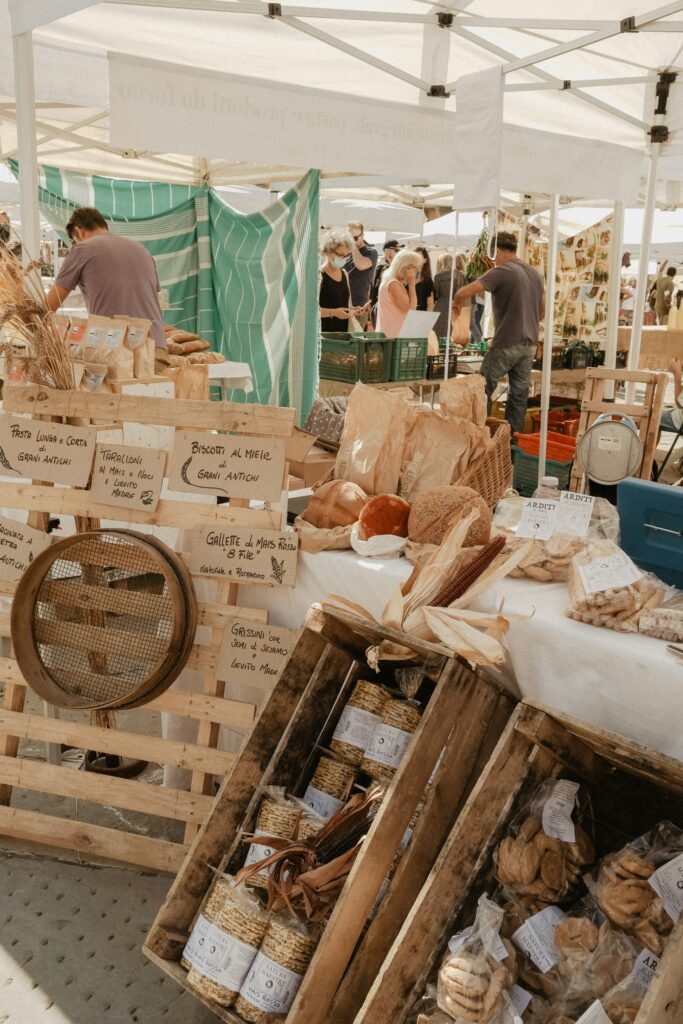
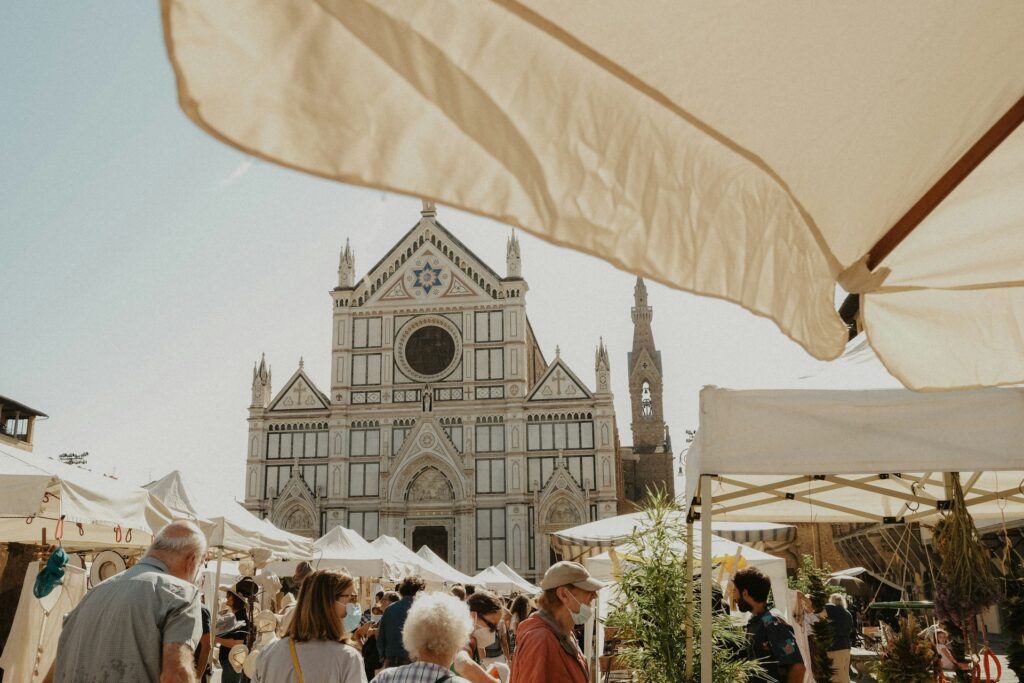
Florentine speech typically contains fewer diminutives and terms of endearment than found in central and southern Italian regions. Whilst an Italian tutor might teach students to soften requests with pleasantries and subjunctives, Florentines often dispense with such niceties in favour of clarity. This linguistic pattern reflects historical values developed during Florence’s commercial golden age, when precision in business communication was essential to the banking and textile industries that built the city’s wealth.
This direct communication style extends to feedback and criticism. Where critique might be softened with compliments in other regions, Florentine artistic and academic traditions often embrace forthright assessment. This approach can sometimes create cross-cultural misunderstandings with visitors and Italians from other regions, but represents a distinctive cultural value rather than rudeness.
The True Tuscan Linguistic Heritage
While standard Italian derives from Tuscan literary traditions, contemporary spoken Tuscan contains distinctive features beyond the famous gorgia toscana (the softening of certain consonants). Tuscan speech employs specific grammatical constructions and vocabulary not found in standard Italian.
Particularly distinctive is the Tuscan use of personal pronouns. The insertion of te before verbs (as in Te tu vieni qua – ‘You come here’) creates a doubling effect considered grammatically incorrect in standard Italian but central to Tuscan speech patterns. Similarly, the construction A me mi piace doubles the indirect object in a way specifically associated with Tuscan dialect.
The lexicon includes terms like desinare (to have lunch) instead of the standard pranzare, and punto used to mean ‘not at all’ rather than simply ‘point.’ The adjective ganzo (cool/great) remains distinctly Tuscan, immediately identifying speakers to other Italians.
These linguistic particularities extend to pronunciation, with Tuscan speakers often dropping the final vowel from certain words (saying venir instead of venire). In rural areas particularly, vocabulary relating to agricultural practices often preserves terms from medieval Tuscan that have disappeared from standard Italian.
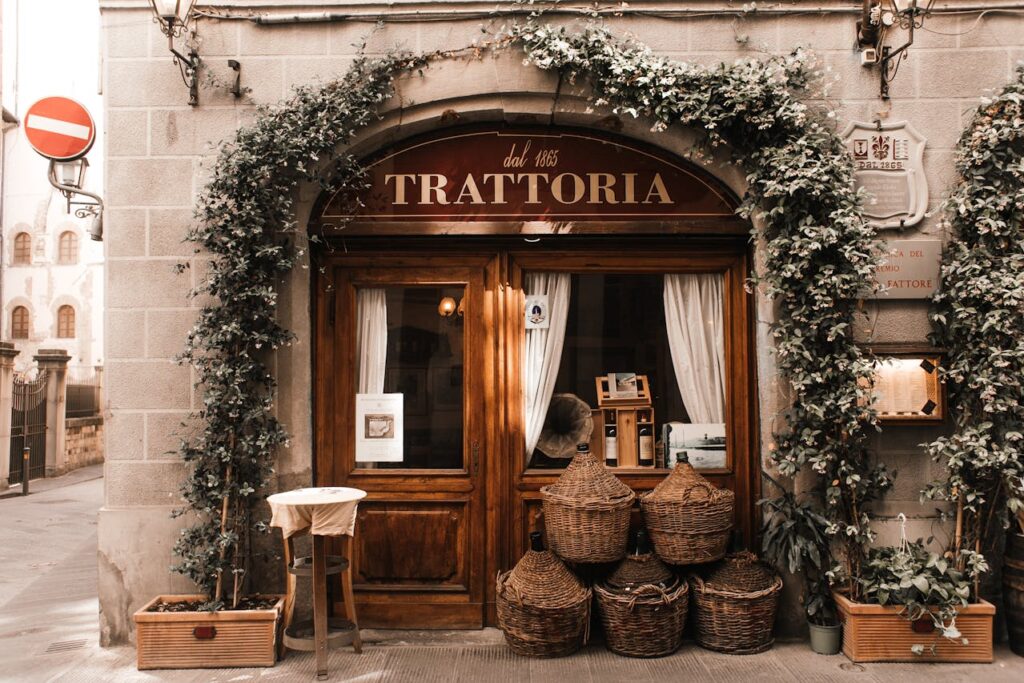
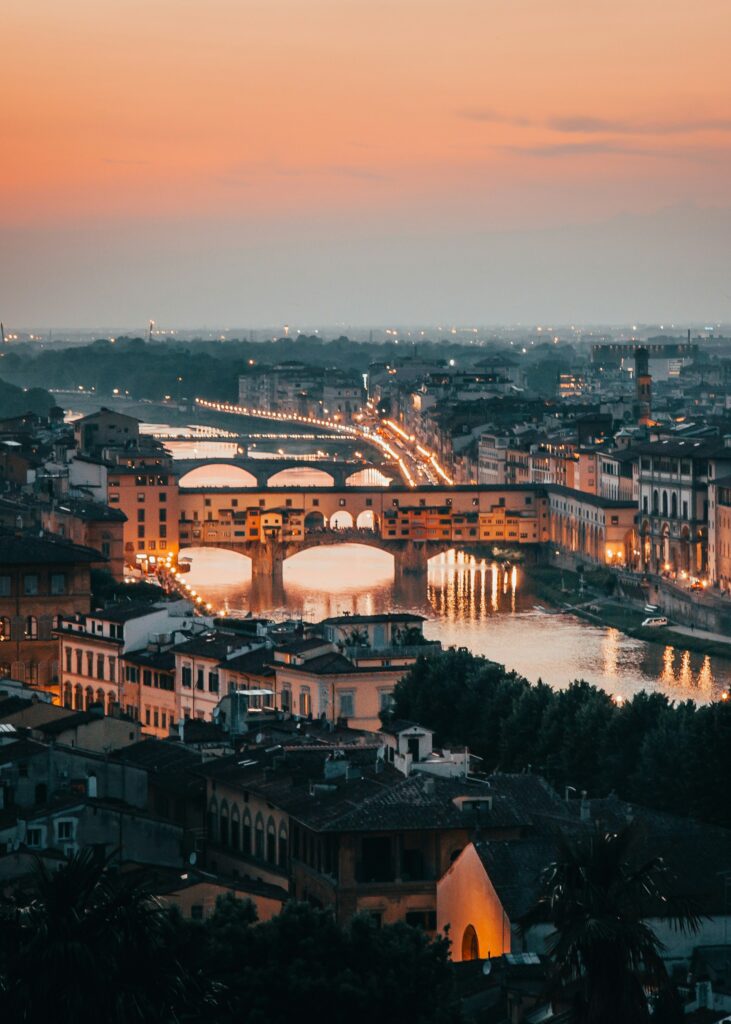
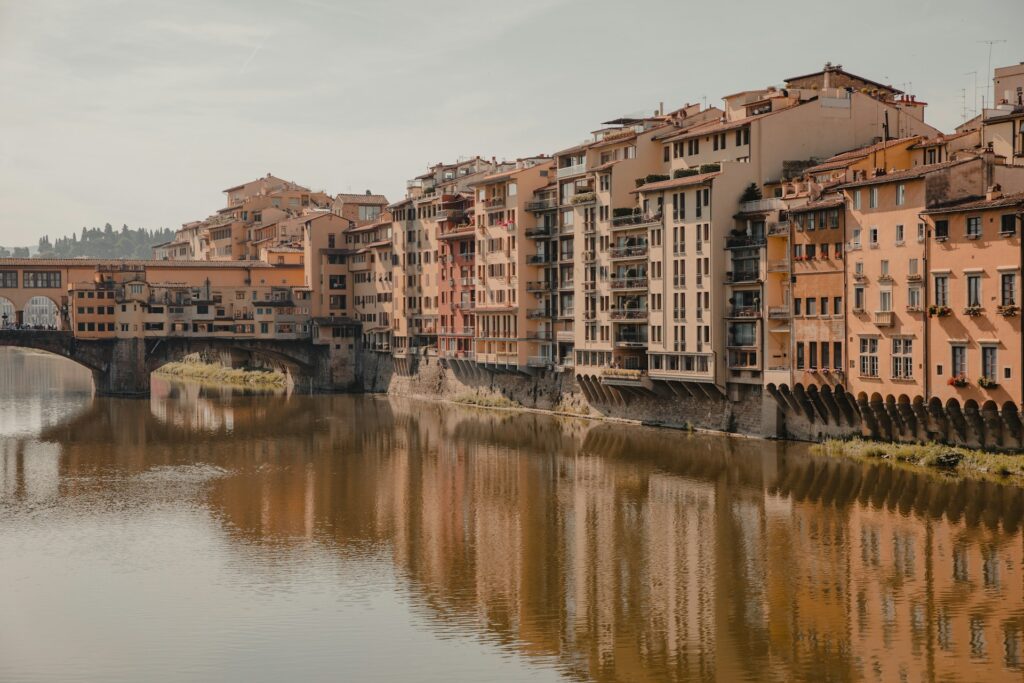
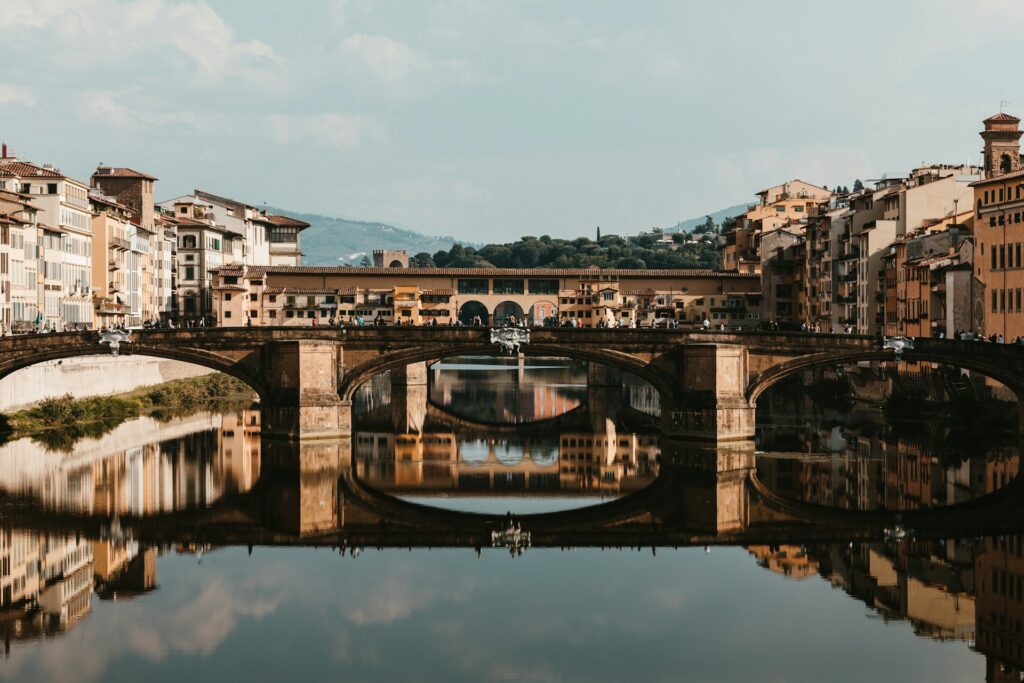
Distinctive Tuscan Culinary Traditions
Tuscan cuisine developed distinct characteristics shaped by the region’s agricultural history. Most emblematic is pane sciocco (unsalted bread), which originated during medieval salt tax disputes. This bread became the foundation for unique preparations like panzanella (bread salad), ribollita (vegetable and bread soup reheated multiple times), and pappa al pomodoro (tomato bread soup).
The prominence of bread-based dishes reflects historical resource conservation in a region that experienced periodic scarcity. Similarly, the Tuscan approach to meat utilises traditionally less-valued cuts. Dishes like lampredotto (made from the fourth stomach of the cow) in Florence represent a waste-minimising philosophy different from the meat preparations of northern Italian regions.
Tuscan olive oil usage differs from other regions in its prominence as a finishing element rather than primarily a cooking medium. The peppery finish of many Tuscan oils determines how they’re incorporated into dishes, often drizzled over food after cooking rather than fully integrated during preparation.
Wine integration into daily life follows distinctive patterns as well. The consumption of vin santo with cantucci (almond biscuits) after meals represents a specifically Tuscan ritual, different from digestive traditions in other regions. In rural areas, the tradition of merenda (afternoon snack) often features specific combinations of bread, oil, and preserved meats unique to Tuscan agricultural cycles.
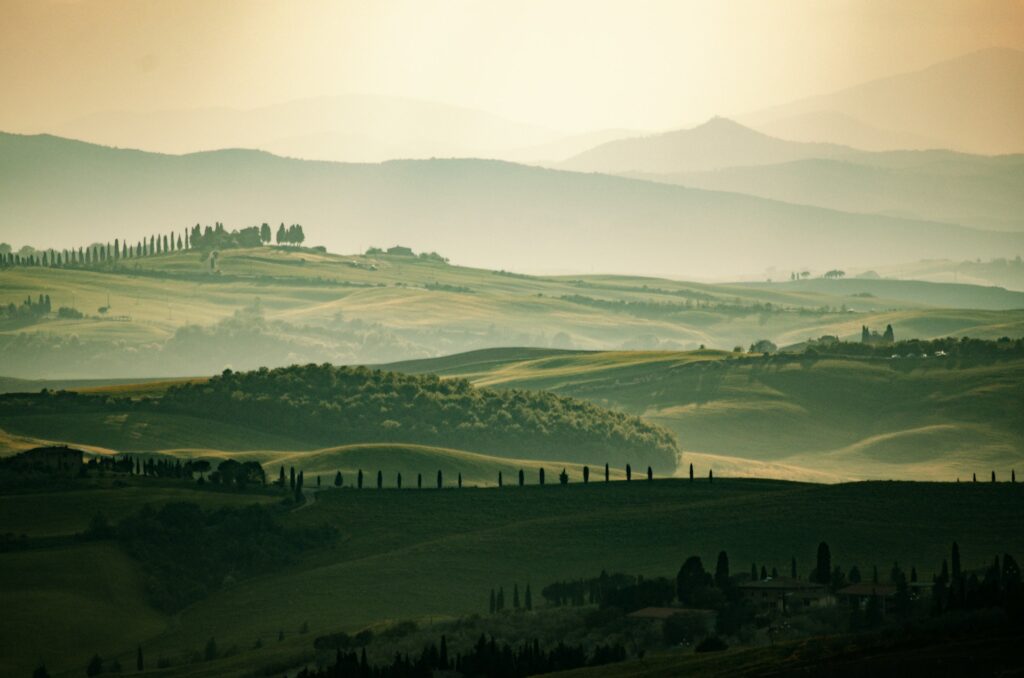
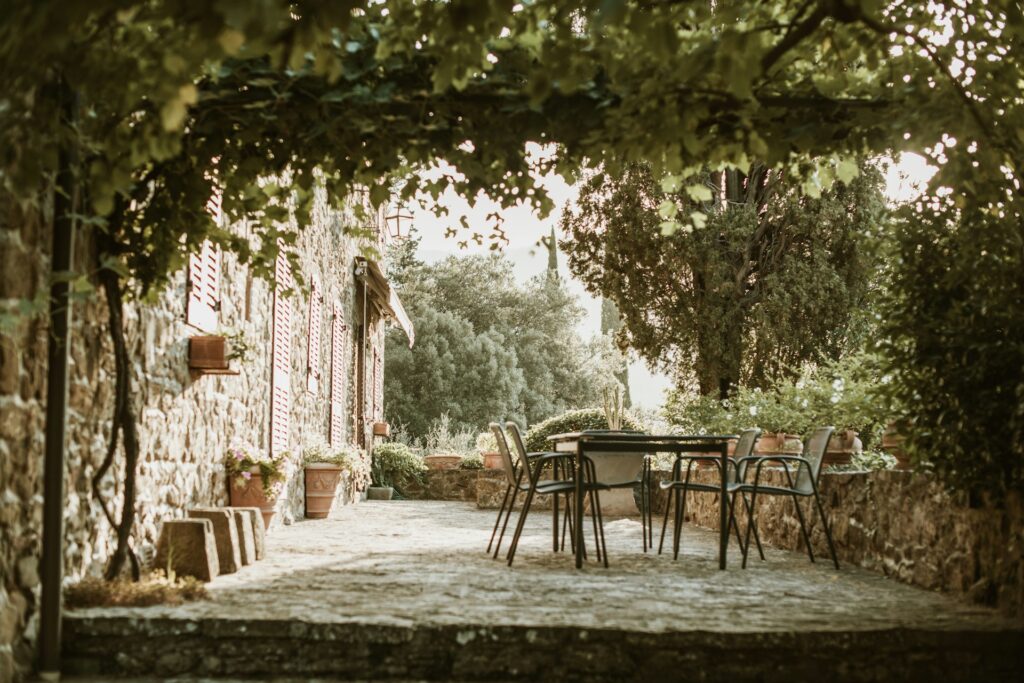
Rural Tuscan Festival Culture
Tuscany’s countryside maintains celebrations closely tied to agricultural cycles, many dating to pre-Christian times. While seasonal festivals exist throughout Italy, Tuscan rural celebrations often emphasise hyperlocal specialties from remarkably small geographic areas.
Village sagre (food festivals) frequently honor ingredients specific to microclimates within Tuscany itself. The Sagra della Cipolla di Certaldo celebrates red onions grown exclusively in that area, while the Sagra del Zafferano in San Gimignano honors locally produced saffron with culinary traditions specific to that town.
Particularly unique to rural Tuscany are battiture (threshing festivals) marking harvest completion. In villages like Sorano and Sovana, these celebrations maintain elements of agricultural rituals largely disappeared elsewhere. The meals associated with these festivals often follow traditional serving hierarchies based on age and social position, providing insight into rural social structures.
The wine-focused traditions of Tuscany include distinctive competitions like Montepulciano’s Bravio delle Botti, where teams race 80kg wine barrels uphill through medieval streets. This combination of oenological celebration with physical competition represents a distinctive Tuscan approach to wine culture.
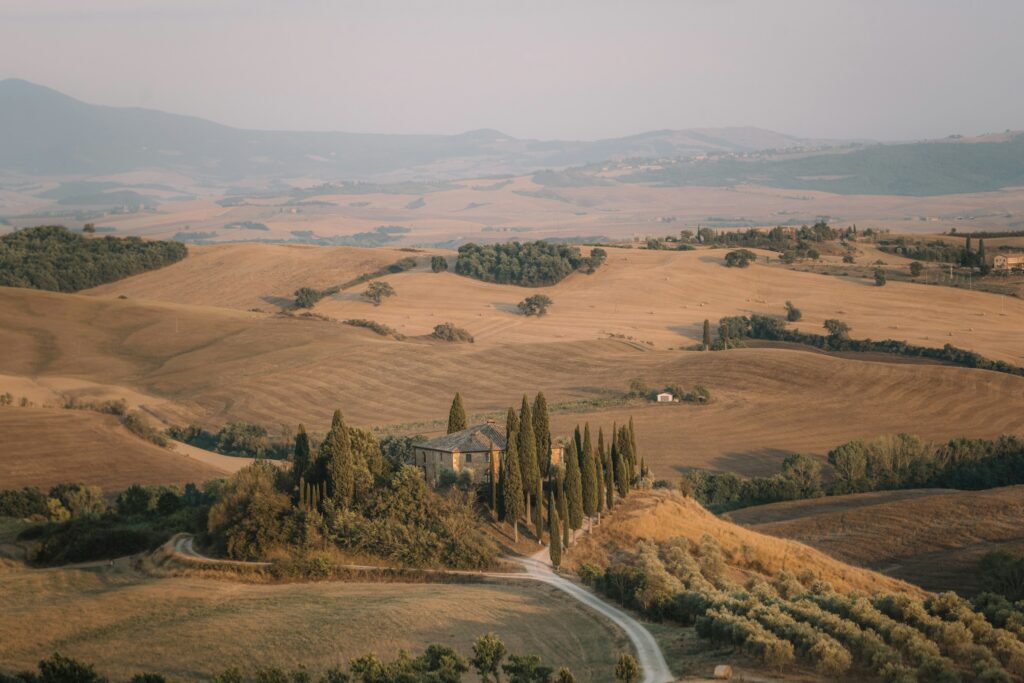

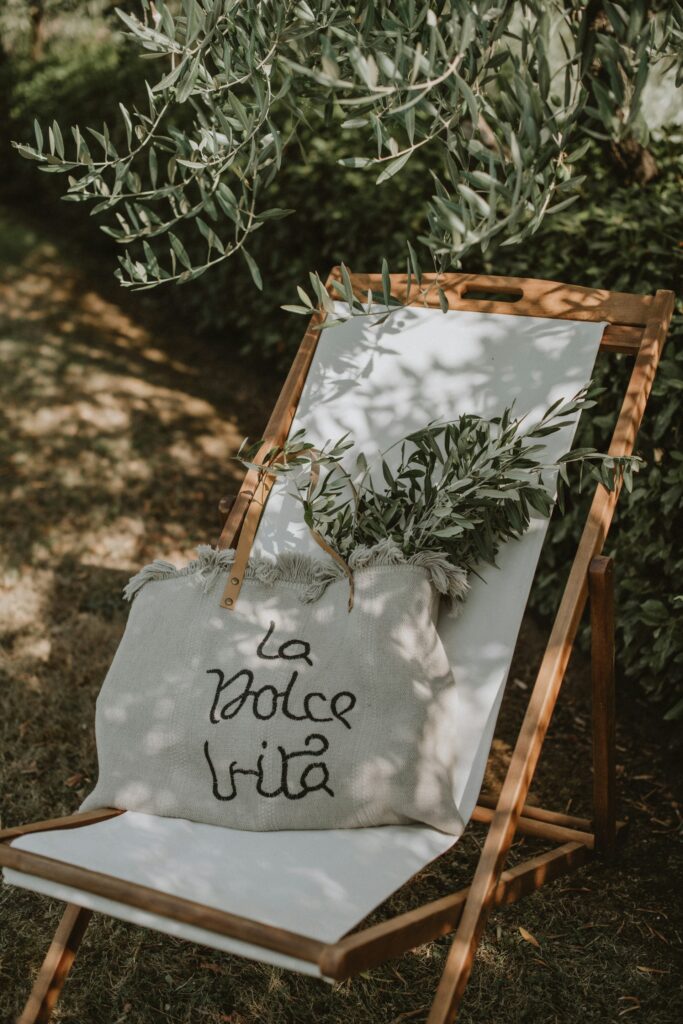
The Temporal Rhythm Of Tuscan Life
Tuscany maintains a distinctive relationship with time that differs from both northern Italian efficiency and southern Italian flexibility. The concept of tempo giusto (right timing) reflects an approach where activities receive their appropriate temporal space without arbitrary acceleration or delay.
This manifests in business practices where meetings typically start punctually but aren’t rushed to conclusion. Discussions receive the time they merit rather than adhering to predetermined schedules. This selective time management differs from both Milan’s business efficiency and Sicily’s more elastic approach to appointments.
In small towns, this temporal approach creates social rhythms where certain activities belong to specific times and places. The organisation of the day follows patterns where, for instance, the early morning square belongs to elderly residents discussing current events, while evening brings multi-generational social mixing. These temporal zoning practices create unwritten schedules understood by community members.
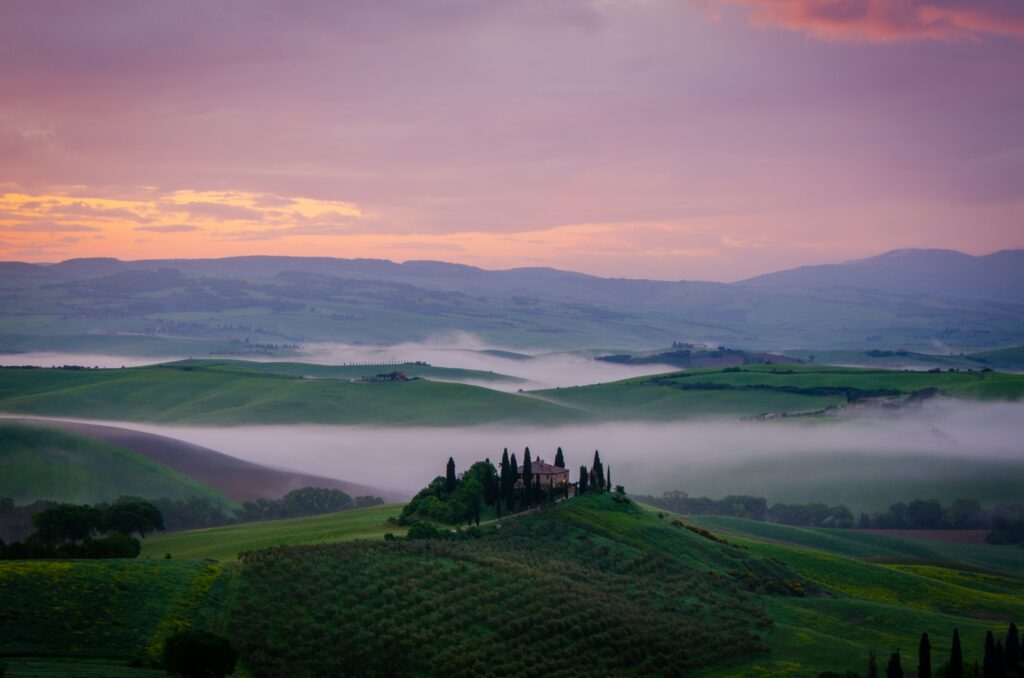
The Tuscan approach to modernity reflects this selective relationship with time. Technological adoption tends to occur based on practical value assessment rather than novelty. A workshop might use advanced manufacturing techniques while maintaining traditional management structures, representing a philosophical choice about maintaining quality and community connections.
This distinctive Tuscan relationship with time and progress creates a cultural environment that selectively incorporates change while maintaining certain rhythms and practices. Understanding this approach helps visitors appreciate the region’s distinct cultural identity within Italy’s rich diversity.





